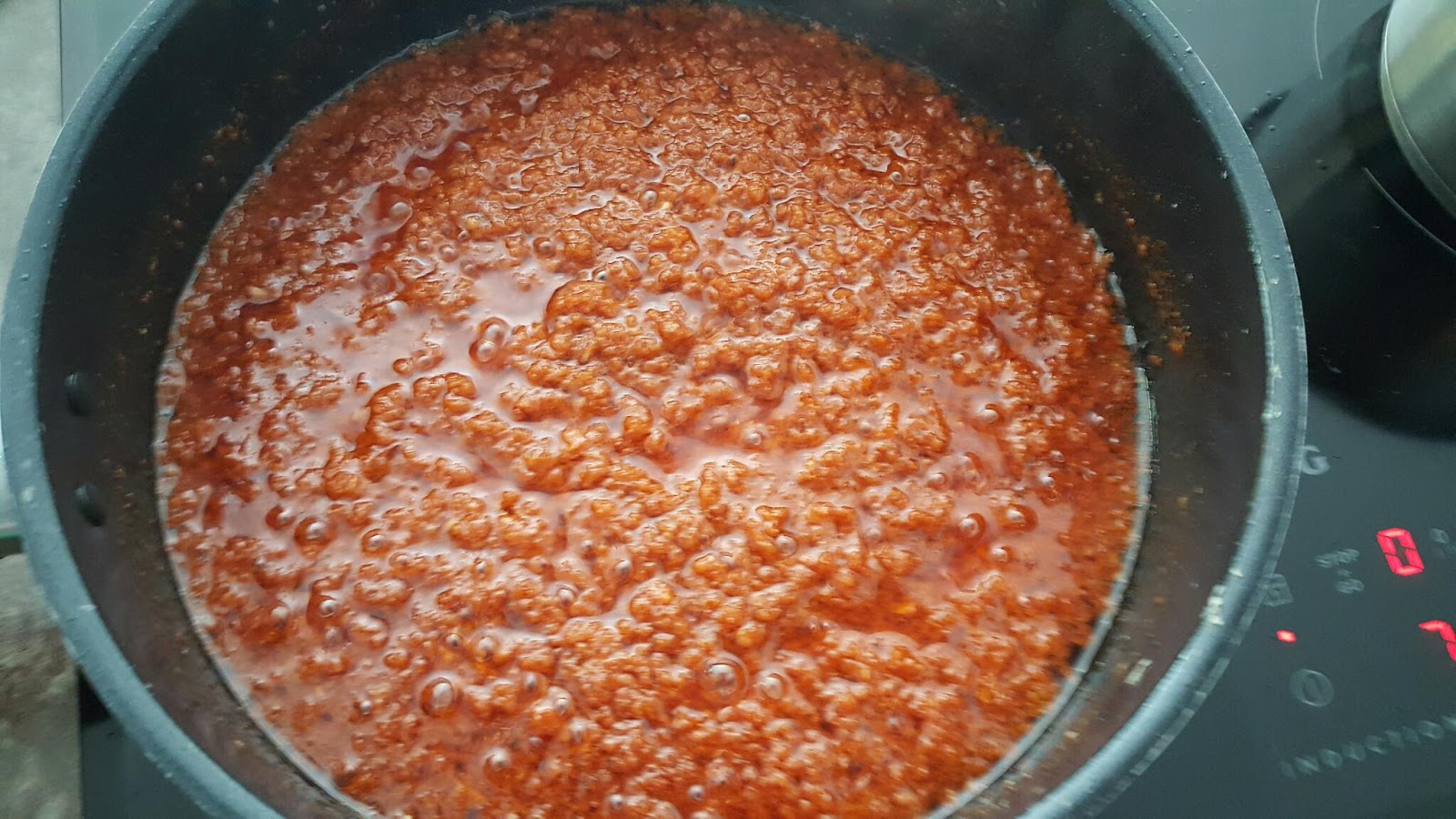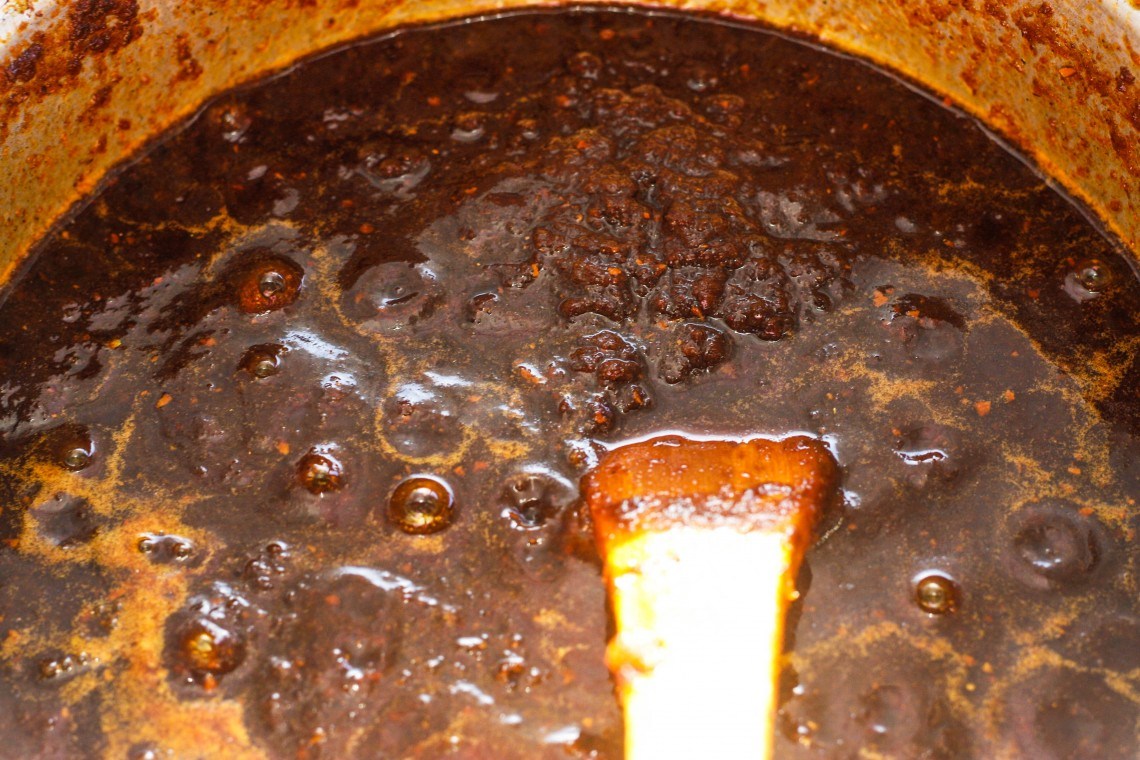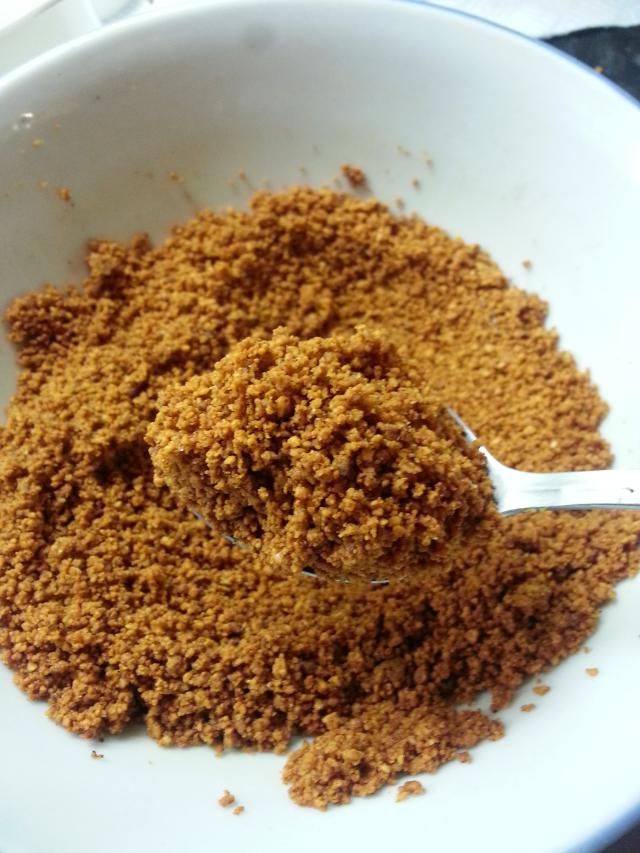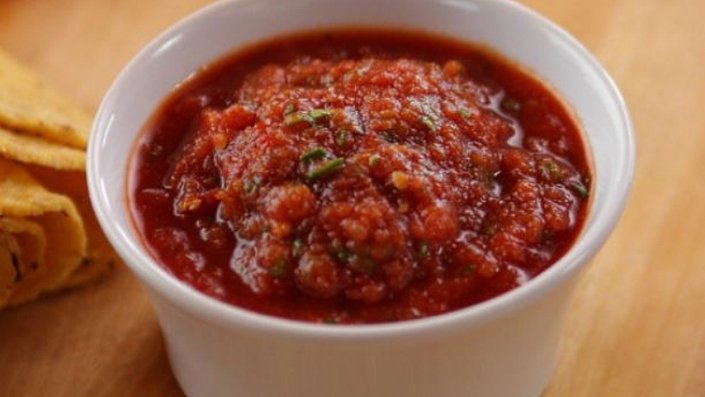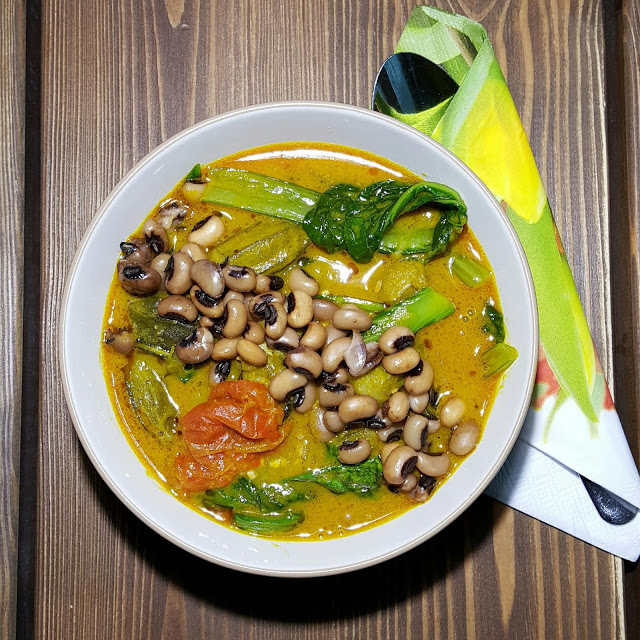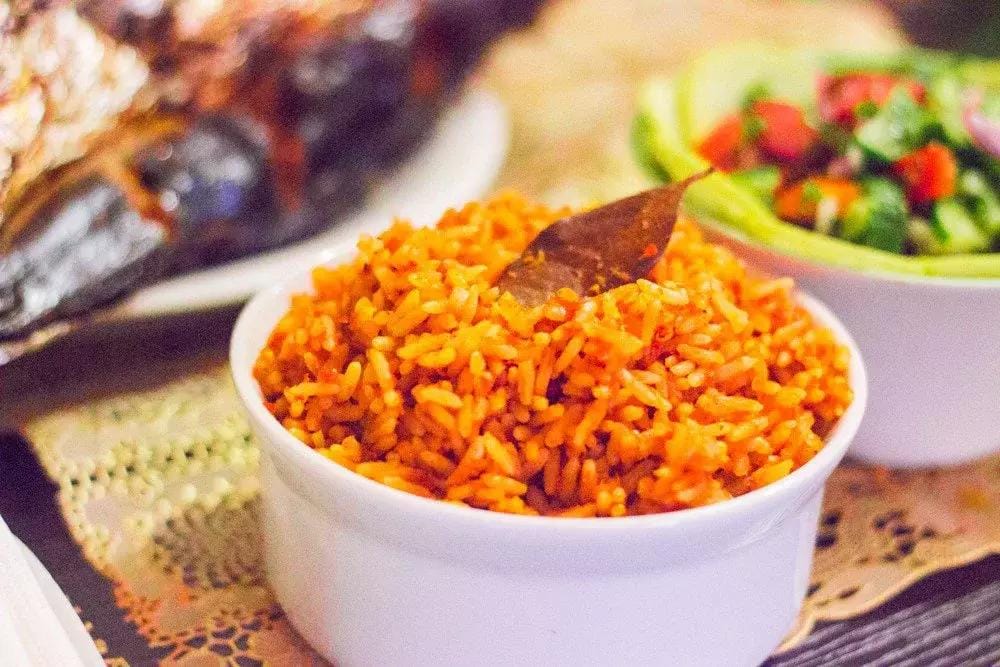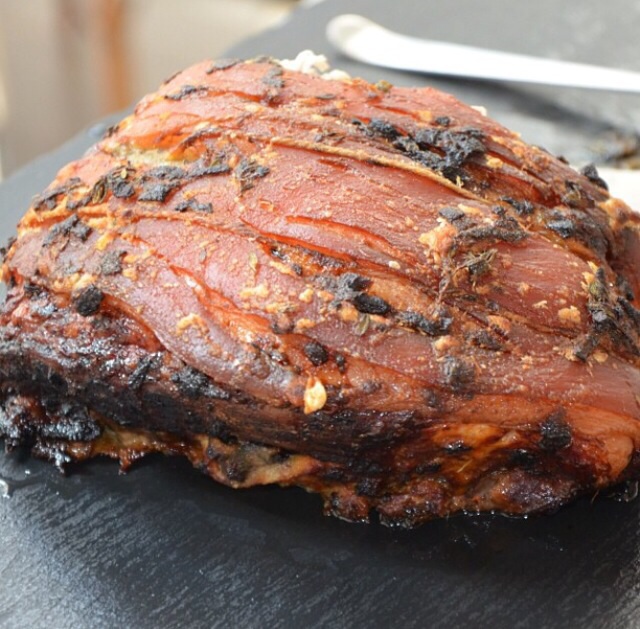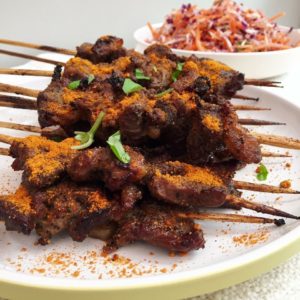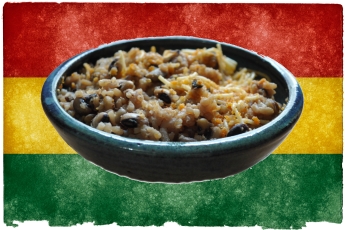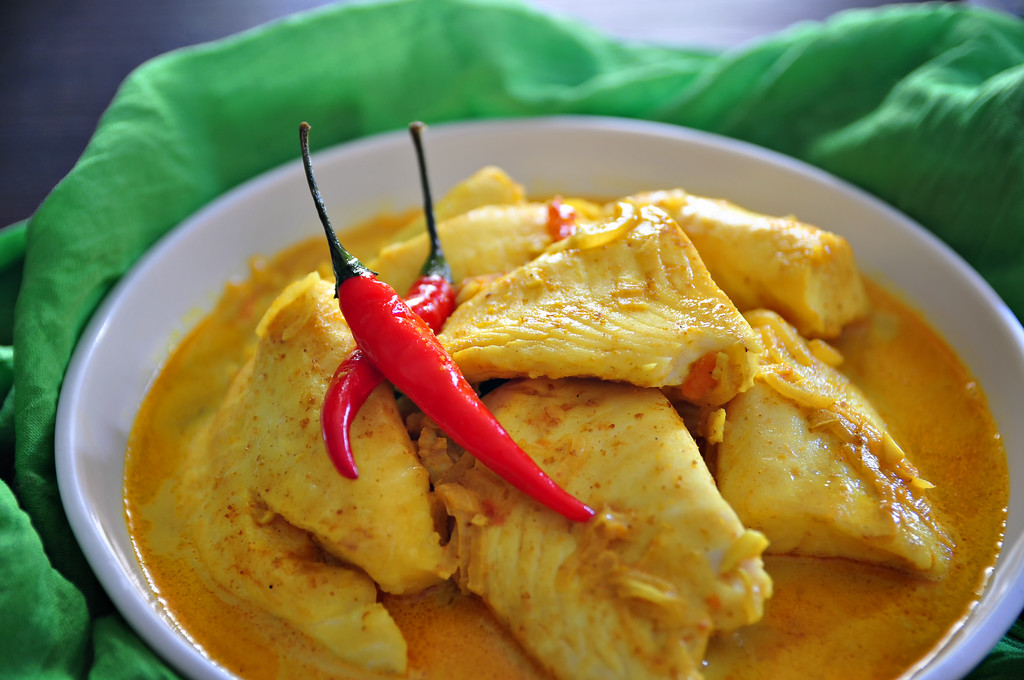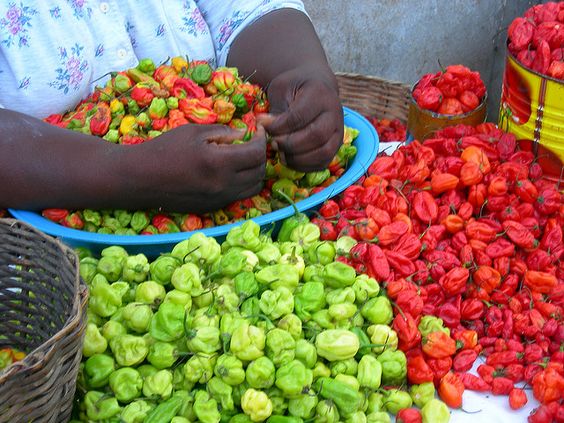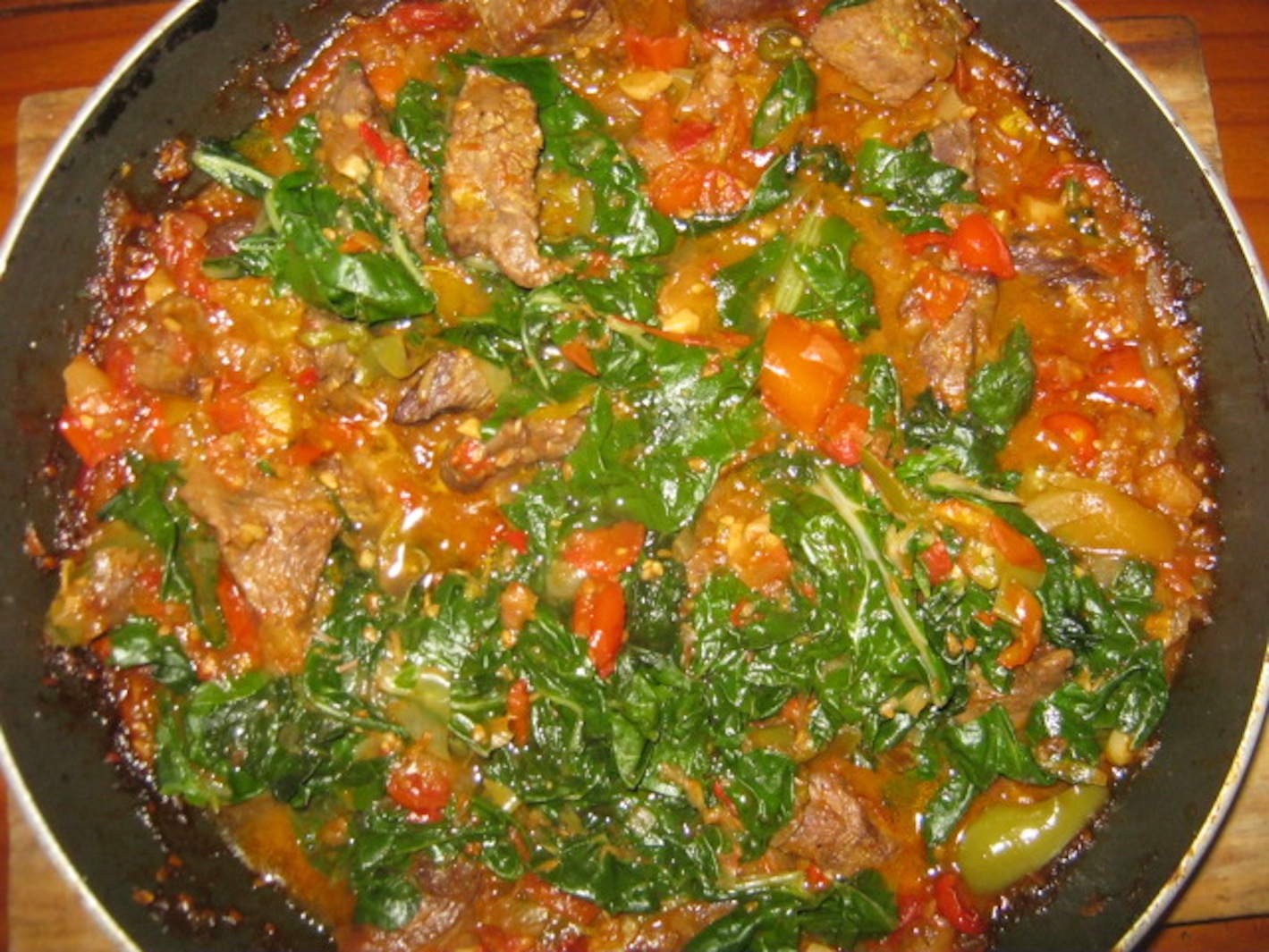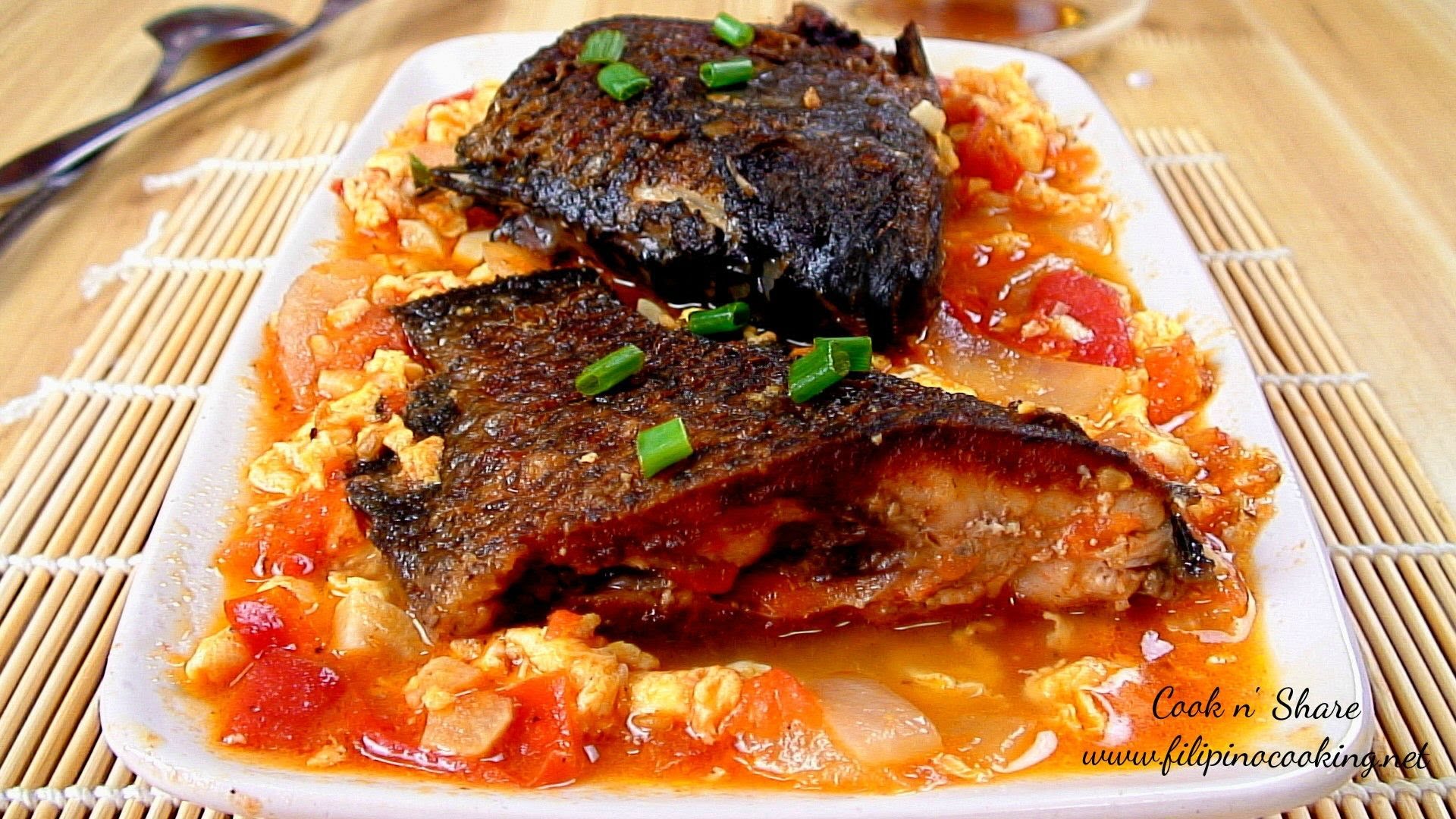
Cuisine of Ghana
Category
Beef, Ghana, Goat, International Cuisine, Pork, Seafood, Vegan, VegetarianAndrew’s Essential Fiery Food Facts that a Pyro-Gourmaniac needs to Know
Part 17
Fiery Cuisines Part 13 …… Ghana..
Situated on the southern coast of the West African bulge, Ghana has an area of 238,540 square kilometres extending 672 kilometres from north to south and 536 kilometres from east to west.
Ghana’s earliest inhabitants existed as long ago as 6000 B.C. ago, Ancient stone tools and other artefacts have been discovered that suggest early hunter gatherer communities, most of which lived by the ocean. These nomadic tribes roamed the land in search of berries and wild seeds, and followed herds of animals for meat.
Ancient trade routes existed long before the arrival of the first Europeans in 1471. Trade routes running north to south, and east to west, many of which ran through Ghana, existed throughout the continent of Africa. Modern-day Ghana imported dates, salt, tobacco, and copper from northern territories, while Ghana offered ostrich feathers, cloth, and Cola nuts in return.
The Portuguese arrived in modern-day Ghana in 1471, the first Europeans to explore the land. Though they were searching for a sea route to the Far East, the explorers began building forts along the coast and trading with inland tribes for their gold. By 1600, the Dutch and English began invading Ghana. One hundred years later, the Germans and Danes also built forts—all hoping for ivory and gold. In return, explorers brought rum, cotton, cloth, beads, and weapons to the tribesmen. The Europeans decided that the Ghanaians would make good slaves and make them heaps of money.
In addition to ivory and gold, Ghana was exporting palm oil, pepper, and corn by the mid-1800s. By 1902, the British had driven out all other European powers and named their new British colony the Gold Coast (it was later named Ghana in 1957). To continue the economic development of Ghana, the government distributed Cocoa beans to local farmers to encourage the growth of a Cocoa industry. At the beginning of the twenty-first century, Ghana’s economy continued to be largely reliant on the exports of gold and Cocoa. Bananas, Cola nuts, Coconuts, Rice, Palm fruit, and various citrus fruits flourished into profitable cash crops.
Ghanaians enjoy a rather simple, but flavourful cuisine. The majority of meals consist of thick, well-seasoned stews, usually accompanied by such staple foods as rice or boiled Yams. Ghanaian stews and soups are quite sophisticated with liberal and adventurous use of exotic ingredients and a wide variety of flavours. the most popular being Okra, fish, Bean leaf (or other greens), forowe (a fishy Tomato stew), plava sauce (Spinach stew with either fish or chicken), and Groundnut (Peanut), one of the country’s national dishes. Ghanaian stews and soups are quite sophisticated with liberal and adventurous use of exotic ingredients and a wide variety of flavours. Many spices are used to prepare stews and other popular dishes. Cayenne, Allspice, Curry, Ginger, Garlic, Onions, and Chillies are the most widely used seasonings, vegetables such as wild Mushroom, Garden eggs (Eggplant), Tomatoes and various types of pulses, Beef, Pork, Goat, Sheep, Chicken, smoked meat and Fish; Crab, Prawns, Periwinkles, Octopus, Bushmeat, Snails, and Duck as well as offal, trotters and cow skin help to make up the basis for most stews featured in Ghanaian cuisine. Certain foods that make up the Ghanaian diet vary according to which region of the country people live in. In the north, Millet, Yams, and Corn are eaten most frequently, while the south and west enjoy Plantains (similar to bananas), Cassava, and Cocoyams (a root vegetable).
The people of the dry southeastern region eat mostly Corn and Cassava. Rice is a staple throughout most of the country. Jollof rice , a spicy dish that includes Tomato sauce and meat, is enjoyed by most of the population. Pito , a fermented beverage made from Sorghum , is a popular drink in the north, while those living in the south prefer Palm wine
Ghanaians traditionally consume three meals a day and each meal is usually only one course. The typical kitchen contains an open fire, a clay oven, a large pot for cooking large stews, and a large iron pan for frying. Although each ethnic group has its own style of cooking, most Ghanaians cook by their own instincts, adding ingredients as necessary and determining preparation and cooking times by monitoring their meals.
Breakfast is occasionally more substantial than the light, midday snack that some groups consume. Ampesi is a popular dish eaten in the morning. It consists of a Cassava, Cocoyam, Yam, and Plantain mixture that is boiled with Onion and Fish, and then pounded and boiled a second time. Kenkey may be eaten morning, midday, or in the evening. Ground Cornmeal is soaked in water and left to ferment for up to two full days before it is shaped into a ball, boiled, and wrapped in Banana leaves. It is a popular accompaniment to fish or stew. Pumpuka a porridge made from ground Millet is another breakfast dish.
Dishes served for lunch and dinner are typically very similar. Fufu (Cassava, Plantain, or Cocoyam dough), Palm fruit, Fish, Beans, Eggplant, and Groundnuts are often eaten alone or combined and eaten over Rice, or as ingredients in a stew. Pepper soup is hot and spicy, but loved by most Ghanaians. To offset the fiery Pepper, drinks native to Ghana such as Refresh, a soft drink made with fresh fruit juice, are extremely popular, especially among children who enjoy its sweet taste. Fried Bean cakes called kose boiled Plantains, and koko , porridge made from Corn or Millet mixed with Milk and Sugar, are all popular meals for school children. Kebabs are also popular barbecued and can be made from Beef, Goat, Pork, Soy flour, sausages and Guinea fowl. Other roasted savoury foods include roasted Plantain, Maize, Yam and Cocoyam.
Sundays are often the day for wealthier Ghanaians to eat out, especially those living in the coastal regions. Cheaper café-like establishments called “chop houses” sell local food and are popular among locals and tourists alike. However, street stalls sell local dishes for the least amount of money. Most chop houses and street stalls are run by women. Stalls often sell fresh fruit, kelewele (fried Plantains), and porridge.
Now for the Recipes … try these easy authentic recipes … blow your mind
Vegan Shito
INGREDIENTS
500ml Rice Bran Oil
120 gm Brown Onion
80 gm fresh Ginger
1 tbls Garlic gloves
2 tbls Tomato paste
1 sheet Nori heated over a flame and crumbled
2 tbls Vegeta powder
2 tbls Habanero Chilli powder
4 tbls ground TVP
Method
- Add half of oil to pan on medium heat.
- Peel and blend Onion, Ginger and Garlics into a smooth paste.
- Add to oil and fry for 2 minutes stirring occasionally.
- Next add Tomato paste and stir to combine. Allow to cook for 3 mins and add Vegeta
- Then next add Habanero Chilli powder, stir to combine and add Crumbled Nori.
- Stir to combine completely and add rest of oil.
- Leave to cook for 20 minutes stirring occasionally so not to burn the sauce.
- Add tomato paste, Stir to combine completely
- Next add Ground TVP
- Then add in rest of oil and cook for 20 minutes stirring every couple of minutes
- Pour still hot into a glass jar and cover. The heat would sterilize and keep the lid tight after an hour. Once opened store in a fridge for up two months and always make sure the Shito is fully covered with oil.
SHITO
INGREDIENTS
500ml Rice Bran Oil
2 onions
3 inches of ginger (you can’t overdo it)
4 cloves of garlic (as much or little as you like, mama would skip altogether)
1 tube tomato paste (200g)
4 fresh ripe tomatoes
3 x 40g packets ground dried shrimp, fish or crayfish (availability)
2 tbsp dried chilli flakes
1 tsp each smoked paprika, ground cumin, ground coriander (all optional)
salt to taste
Method
- Finely chop the onions, ginger and garlic. Me, I just blitz them in my chopper! Fry these in the oil. Remember this shito is a condiment and can be kept for 6 weeks, so it is important that all moist ingredients are fried dry.
- Add the tomato paste and fry for a couple of minutes to get rid of the sour taste. Add your blended or blitzed tomatoes. You will find that it fries to a thick rich paste but you need to give this time to release all the moisture and keep stirring to prevent burning.
- Add the dried ground ingredients. The sauce will rapidly take on the rich brownish black colour due to the added prawns or crayfish. Lastly add the spices, these are already dry. Check for seasoning at this point. I normally do not add salt before this point because sometimes the fish/prawns are already salted. Allow to cool. The full-bodied flavour sets in after cooling.
- Store in a re-used glass jar; jam or pasta sauce jars are perfect.
Chichinga Powder
Ingredients
150–200g Peanuts, ground and roasted
2 tsp gnd Habanero Powder
1 tsp Smoked Paprika
1 tsp gnd Ginger
1 tsp gnd Nutmeg
1 tsp Garlic powder
½ tsp gnd Cloves
½ tsp gnd Cinnamon
1 tsp Salt
Method
- Mix all the ingredients for the spice mix together in a bowl. Transfer to an airtight container in a cool, dark place. Store for up to one month.
- You can use it to spice up bake Potatoes, Sweet Potato, Chicken and Pork.
Meko (Hot Chilli Sauce)
INGREDIENTS
60 gm Spanish Onion
1 Scotch Bonnet
30 gm Fresh Ginger
100 gm Tomato
1 tsp Salt
Method
- Peel the Onions and Ginger, dice Onions and thinly slice Ginger and put it in a mortar and pestle.
- Add the Scotch Bonnet and Salt. Grind all together until smooth.
- Cut up the tomato, include the seeds and grind it into the Chilli mixture.
- Serve the Meko with grilled fish, rice , fried ripe plantains, roasted plantains.
Ghanaian Vegan Palm nut Soup
INGREDIENTS
100g Palm nut sauce ( I buy mine from the local African Grocers)
220 gm Brown Onions (2)(Chop one onion, leave the other whole)
60 gm Ginger
3 Habaneros
200 gm Eggplant
1 tsp Vegeta powder
500gm Baby Spinach
Palm Nut Sauce
Method
- Prepare soup by firstly mixing the Palm nut sauce with some warm water. Water should be just about the amount of soup you would want, about 1.5 litre should do for the 100g of Palm nut sauce.
- Blend ½ the Onion with Ginger and Habanero.
- Dice the Eggplant into 2 cm cubes and put in a pan with the other ½ of the Onion. Add about 1/2 cup of water and Vegeta. Cover and let it boil over medium heat for about 3 mins.
- Pour Onion/Chilli mixture over the Eggplant. Stir, cover and boil for 5 mins.
- Add Palm nut sauce
- Cover and allow to boil for 20 minutes. Remove cover check seasoning and continue to cook for 20 minutes till cooked.
- Add Baby Spinach to the soup.
- When palm oil is formed up on the surface of the soup with less foamy bubbles then also soup is ready.
Andrew’s Quick Jollof Rice
INREDIENTS
100ml Rice Bran Oil
80 gm Brown Onion
1 tsp Habanero Powder
1 tbls Tomato Paste
200g crushed Tomatoes
½ tsp Vegeta powder
1-2 dry Bay leaf
1 Scotch Bonnet Chilli , chopped
½ tsp Curry powder
½ tsp gnd Nutmeg
½ tsp White Pepper
½ tsp dry Basil.
1 cup Jasmine Rice.
1 cup Water.
Method
First make the Tomato sauce.
In a frying pan saute sliced Onion in oil over medium heat.
Add Habanero Powder and Tomato paste. Stir to combine and add crushed Tomatoes. Cook for 15 mins stirring occasionally.
Add Scotch Bonnets, spices and Vegeta .
Next wash and add Rice,
Add 1/2 cup of water to the Tomato sauce. Stir to mix, cover and cook for 15-20 mins, stirring every couple of mins.
Add the rest of Water in bits if necessary till rice is cooked.
Make sure it doesn’t catch.
DOMEDO
INGREDIENTS
1kg Pork belly (with skin on)
1 tbls Chilli powder
1 tbls Ginger powder
2 Habaneros, Chopped
1 tbls Onion powder
1 tbls Garlic powder
1 tsp Black Pepper
1 tsp White Pepper
1 tsp gnd Cloves
1-2 tsp Salt
2-3 tbls Oil
1 cup of Water
Method
- Pre heat oven 150 degrees
- Add the Habs and all spices together with oil to form a thick paste.
- Rub spice onto the meat making sure to cover completely.
- Put in a deep baking tray and add a bit of water about 1 cup, into the tray (do not pour it over the meat).
- Cover baking tray completely with a baking aluminium foil.
- Bake for 3-4 hours depending on the size of your pork.
Suya
INGREDIENTS
1 Kg Sirloin steak
¼ cup roasted Almonds
½ -1 tbls Cayenne
1½ tsp Smoked Paprika
1 tbls Garlic powder
1 tbls Onion powder
1 tbls White Pepper
1 tbls Habanero Powder
1 tbls Vegeta
2 tbls Rice ran Oil to drizzle on the meat
Salt
Method
- Soak the skewers for at least 20 minutes totally submerged in water before using it to prevent burns.
- Heat the oven to 180°c . Lightly spray roasting pan to prevent the Suya from sticking to the pan
- In a medium bowl, mix Garlic powder, Onion power, Smoked Paprika, white Pepper, Cayenne, Habanero and Vegeta .Place it on a plate , Set aside
- Roasted Almonds , and then grind in a spice grinder, until finely crushed. Do not grind the Almonds into paste. Add the Almonds into spice mixture.
- Pat the steaks dry with a paper towel. Slice the steak into a diagonal medium thin shape,
- Thread the steaks onto the skewers about 4 per skewer. Making sure the skewer is fully covered with slices of meat
- Rub the steak skewer with spice mixture; on both sides. Line a roasting or baking sheet with foil paper. Place skewers on tray , then place on the roasting pan
- Drizzle with oil and bake on for about 12-15 minutes.
- Serve warm
Waakye
Ingredients
2 cups Rice
1 cup Black Eye Peas
1 tsp Baking soda
½ tsp salt
2.4 l Water
Method
Wash and soak Beans in water for 3-4 hours.
Drain the Beans and place them in a large pot of water.
Let it cook for about 45mins.
Add a teaspoon of baking soda to give the Waakye its characteristic colour.
Wash the Rice and add to the beans in the pot, along with more water.
Allow the mixture to cook for 15-20mins (or until the Beans are tender and the rice is cooked and all liquid has been totally absorbed).
Be sure that the mixture does not burn and keep stirring while it cooks.
Season with salt.
Fiery Goat soup
INGREDIENTS
1 ½ kg Goat meat cut in pieces
1 Onion chopped
5 Garlic clove
2 tbls Ginger chopped
1 tbls Paprika
1 Bay leaf
1 Tbls Vegeta powder
2 shallots chopped whites and green parts
¼ cup Basil
¼ cup Parsley
1 Scotch bonnet
1 Habanero
1 Trinidad Scorpion
2 Trinidad Goat Chilli
3 green Plantains peeled and cut into 2-3 pieces (I use Green bananas as Plantains are hard to find in Toowoomba)
Salt and white pepper to taste
Method
- Place all the spices in the blender or food processor. Pulse until everything is puree
- Put the goat in a pot, with 7-8 cups of water, add spice blend. Bring to a boil and simmer until Goat is tender about 2 hours. Discard bay leaf, add water if necessary. Add Plantains , cook for about 20 more minutes or more
- Adjust for seasonings and thickness. Serve warm.
Fish Caldine
INGREDIENTS
4 fillets Squire,cut into chunks
400ml Coconut milk
150ml Water
4 tbsp Lime juice
2.5 cm Ginger, chopped
5 Green Serranos, sliced
4 cloves Garlic, chopped
1 Onion, sliced
2 tbsp Vinegar
1 tsp Turmeric powder
1 tsp Black Pepper
1 tsp gnd Coriander
1 tsp gnd Cumin
4 tbsp Rice Bran Oil
1/2 tsp Salt
Method
- Heat the oil in a pan and saute the Onion, Garlic and ginger for 5 mins. Mix all the spices together, add to the pan and fry for 2 mins, stirring constantly.
- Add the Coconut milk, Lime juice, Water, Salt and the Chillies. Bring to the boil and simmer for 5 mins.
- Meanwhile, heat a little more oil in another pan. Add the chunks of Squire, stirring to avoid sticking, and cook just until the pieces turn opaque. Add Squire to the simmering Coconut sauce and cook for 3–5 mins. Stir in the remaining Chillies and serve with Rice.
Hkatenkwan
INGREDIENTS
1.75 kg Chicken, cut into pieces
1 tsp Salt
1 tsp Pepper
3 tbls Oil
1 Onion, chopped
4 cloves Garlic, chopped
4 Scotch Bonnets
1 cup Tomatoes, chopped
4 cups Water
Salt and pepper — to taste
1 cup Natural Peanut butter
2 cups Green beans
6Hard-boiled eggs, peeled
Method
- Season the Chicken pieces with Salt and Pepper. Heat the oil in a large, heavy-bottomed pot over medium-high flame. Brown the Chicken pieces, a few at a time, on all sides in the hot oil. Remove to a plate and set aside.
- Reduce the heat to medium and add the Onions, Garlic and Scotch Bonnets. Sauté until cooked and the onion becomes translucent, 4 to 5 mins. Add the Tomatoes and cook for another 5 to 6 mins to reduce the liquid in the Tomatoes a little.
- Add the Water, browned Chicken pieces, Salt and pepper to the pot and bring to a boil. Reduce heat to medium-low and simmer for about 45 mins.
- In a small bowl mix the Peanut butter with about 1 cup of the simmering stew liquid and stir until the peanut butter is smooth. Stir the Peanut butter into the simmering stew. Then stir in the Green beans and the hard-boiled Eggs. Simmer for another 15 to 20 mins
- Serve stew over rice with Meko (See recipe above)
Shoko
INGREDIENTS:
3 tbls Rice Bran oil
1.5 kg Diced Topside Beef
160 gm Onions, chopped
4 Garlic cloves
38gm Tomatoes diced tin, drained (reserve the tomato juice)
1 tbls Ginger grated
4 Serranos ¼ lengthwise
1 green Capsicum thinly sliced
1 cup Beef stock
250 gm baby Spinach
1 tsp Salt
1 tsp Pepper
Method
Heat one tbls of oil in a large pan over medium-high heat. Brown the Beef and then pour into a bowl with the accumulated juices.
Heat the remaining oil in the same pan and saute the Onion and Garlic over medium heat until the Onion turns golden. Add the diced Tomatoes and cook, stirring, until the Tomatoes are almost completely broken down. Add Water, if necessary, to prevent the mixture from sticking to the bottom of the pan and burning.
Add the Ginger, Serrano and Capsicums and cook, stirring, for several mins. Add the reserved Tomato juice and Beef stock and stir to mix. Return the Beef and its accumulated juices and stir.
Cover, reduce heat to low and simmer for several hours until the beef is almost falling apart. Add the Spinach and continue cooking until the spinach is wilted and reduced, about 10 mins. Season with Salt and Pepper.
Forowe
INGREDIENTS
2 Squire
3 Tomatoes, mashed
2 tbls Tomato paste
80 gm Onion, sliced
4 Shallots, finely sliced
4 Garlic gloves, chopped
1 cm Ginger, grated
2 Habaneros
1 tsp Vegeta
1 tsp Black pepper
200 gm Potatoes,
120 gm Carrots
100gm Cabbage
150ml Rice Bran Oil
Method
- Making the tomato Stew.
- In a pot, heat the oil and add the Onions and shallots. Add some Salt and stir-fry the Onions for 2 mins.
- Add Garlic and fresh Ginger. Add the Tomatoes and Tomato paste, add the Vegeta and Black Pepper.
- Allow to cook on low heat for 10 min.
- Adding the Squire.
- Fry the fish first in hot oil then add in the Tomato sauce and cook for 2 minutes.
- Add a litre of Water and all the vegetables. Add the Habanero.
- Salt to your taste and let simmer 20 to 25 mins.
- When the Forowe is ready, serve it with rice.



